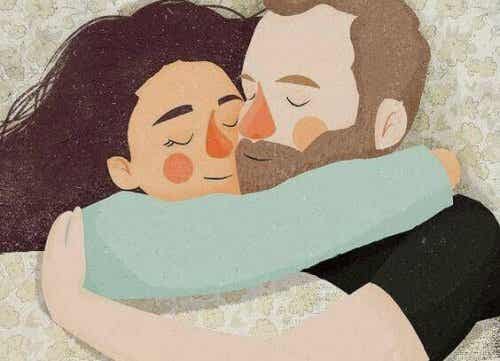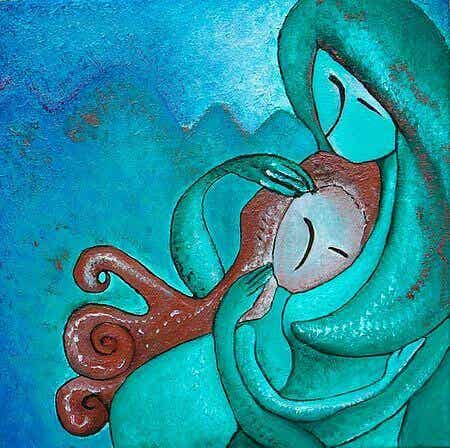
Last update: May 09, 2018
Emotions precede conduct. They trigger physiological signals and mental structures that help group memories together. However, more importantly, emotions act as causes of human behavior.
Emotions drive us to behave in different, sometimes even violent, ways. There are emotions that make us violent. Or rather, an emotion does not make us violent in itself, but it is the combination of different emotions that can push us to use violence.
Commonly, emotions are understood as a psychophysiological reaction that people experience on an individual level. Thanks to empathy, however, we can infect emotions and make other people feel the same. This also happens at the group level. A group can experience the same emotion; members of the same group may feel guilty or angry at another group. This is the starting point for understanding the emotions that make us violent.
ANCODES hypothesis
The ANCODI hypothesis, whose name derives from the English translation of three emotions: anger, contempt and disgust (in English respectively anger, contempt and disgust), indicates that the mix of these three emotions can lead us to use violence. Hostility and violence are the result of hatred, anger.
Emotions can be conveyed through storytelling, which therefore becomes a way through which to foment the emotions of a group. For example, hate speech directed against a minority group or a group considered to be an enemy.
The ANCODI hypothesis suggests that a past event, or the narration of an event, produces indignation and, therefore, anger. These events are evaluated from a position of moral superiority of the group, which configures the moral inferiority of the other group and leads precisely to contempt. The other group is valued as a separate group, to be avoided, rejected and even eliminated. This is achieved through disgust.
Emotions make us violent go through a three-step process that we describe below.
How emotions make us violent: 3 steps
Outrage based on anger
In a first phase, anger appears. Anger is an emotion that is expressed through resentment and irritability. External manifestations of anger can be found in facial expression, body language, physiological responses, and, at certain times, public displays of aggression. Uncontrolled anger can negatively affect the quality of life.
In the beginning, certain events lead us to perceive an injustice. These events lead to a search for a culprit, which can be a person or a group. In these cases it is customary to have the impression that the culprit threatens the well-being of our group or our way of life. Such interpretations are charged with anger that is directed towards the culprit.
Moral superiority based on contempt
In the second phase, contempt is added, which is an intense feeling of disrespect, or recognition, and aversion. Contempt presupposes the denial and humiliation of the other, whose abilities and moral integrity are questioned. Contempt implies a sense of superiority. A person who feels contempt for another looks at the latter with condescension. The despised person is considered unworthy.
The groups begin to reinterpret the situations that cause anger and the events identified in the first phase. This appraisal of events is accomplished from a position of moral superiority. This implies that the group is considered guilty as being morally inferior. This, in turn, prompts us to feel contempt for this group.
Elimination based on disgust
In the last phase, disgust appears, which is a primary emotion caused by the perception of the contagion or of the agents of the disease. It is universal, not only in the way it manifests itself, but also in terms of its triggers. Such things make us sick on a global level, like putrefaction. Disgust is a moral emotion that is often used for sanctioning people's beliefs and moral conduct.
In this phase another evaluation of the events is produced and a conclusion is reached. This conclusion is very simple: it is necessary to distance oneself from the guilty group. Another, stronger possibility is that it is necessary to eliminate this group. This is a more extreme form, the ideas of which are promulgated by the emotion of disgust.
As we have seen, the combination of these three emotions can have disastrous consequences. These emotions that make us violent lead to distorted perceptions that lead us to come to negative conclusions. And, ultimately, hostile conduct. A regulation and understanding of emotions similar to those brought about by emotional intelligence are essential.


























